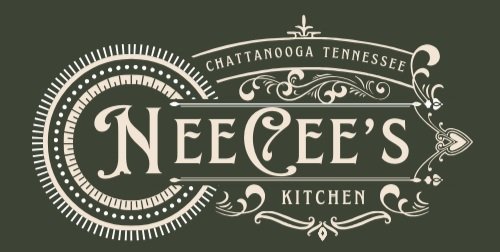My Jello Revelation
By Alicia Anderson, Publisher of NeeCeeskitchen.com
Oh, my goodness! Color me flabbergasted! For years I have been living a lie. I was told long ago (perhaps first by my parents) that though Gelatin products like my beloved Jello was once made from boiling down the bones, hides and connective tissue of animals, that at some time manufacturers stopped using animal products and changed to some magical synthetic chemical alternative. Well… color me wrong.
I am a home cook. I am sure that trained professional chefs are well aware of this bombshell discovery of mine. For me, this was a definite revelation.
I began this journey of enlightenment when I decided to make my next blog about the history of gelatin. From Victorian times and earlier throughout my childhood of yummy and jiggly fun deserts filled with canned fruit coctail and served by my mom as an alternative dessert instead of cake or cookies were a staple in my diet.
My first move was the good old standby move of googling. I googled “What is Jello made of”. I got multiple answer options, but first checked out Wikipedia’s offering, which stated “Gelatin or gelatine (from Latin gelatus 'stiff, frozen') is a translucent, colorless, flavorless food ingredient, commonly derived from collagen taken from animal body parts.”
Ok, this had to be old information, right??? So… I did another search on google with the question “Is Jello still made from animals?”. Yep! The answer was yes. According to Mary Sabat, MS, RDN, LD, a nutritionist and owner of BodyDesigns “Gelatin, the primary ingredient in Jell-O, is derived from collagen, a protein found in the connective tissues, bones, and skin of animals," Sabat says. "Historically, gelatin was obtained by boiling the bones and tissues of animals, such as cows or pigs, to extract collagen.” Jun 26, 2023
Now, I am an unrepentant carnivore, so I am not too freaked out about this. However, I have had vegetarian friends that have joyfully helped themselves to Jello desserts and congealed salads at pot lucks with no evident remorse. Did they know? Hmmmm
While still reeling from this newsflash, I went further into due diligence and called the Kraft Heinze Company headquarters in Chicago IL * and spoke to a very nice young lady in customer and consumer services. I asked her if Jello really did contain collagen from animals with the statement “Say it isn’t so Joe!”, (a reference to the historical scandal of Joe Jackson in the 1919 world series baseball game who was one of eight White Sox baseball players accused of fixing the World Series game). This reference was lost on the young millennial I was speaking to. Way before her time.
But yes, she did confirm that both beef and pork “bones and hides” are used to create Jello. So, my initial direction for a historical perspective of Jello took this different turn. I am going to save the history of Jello from the elaborate jellied molds of the Victorian age to the fun jiggly treats of my childhood for another time. Right now, I am still processing…
Just a note though… While I am an unrepentant carnivore and will continue to enjoy my Jello, vegetarians, vegans might want to reconsider. Also, I found that informed Muslims do not partake of
Jello because as confirmed by the Kraft Heinz consumer consultant, both beef and pork hides are used in the making of their product.
* The Kraft Heinz corporation headquarters is located in Chicago Illinois and can be reached at 1-800-543-5335.
